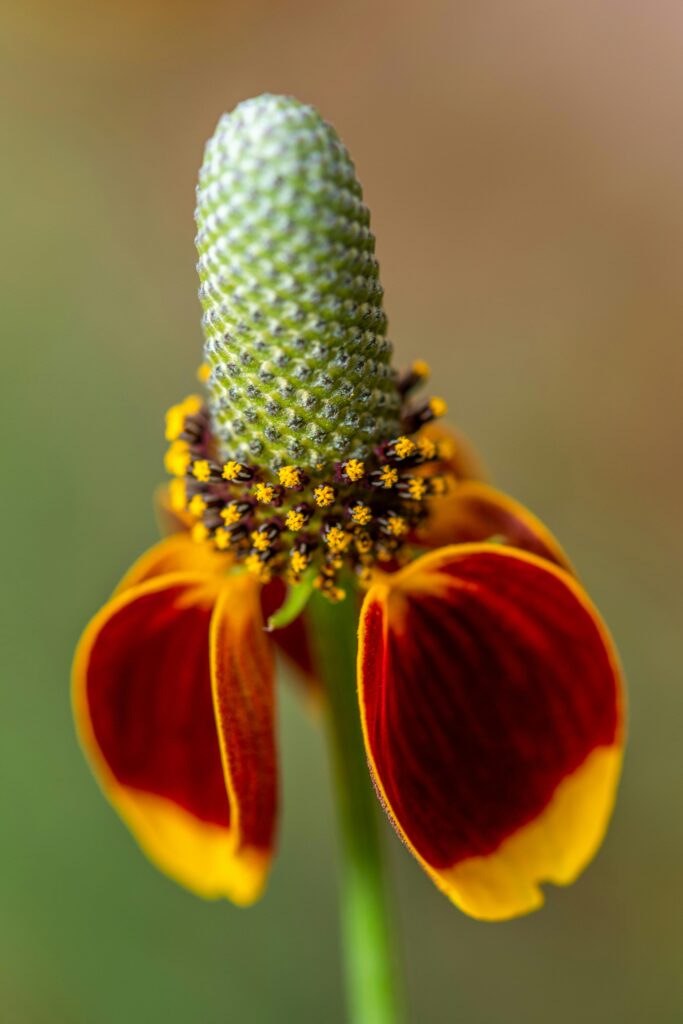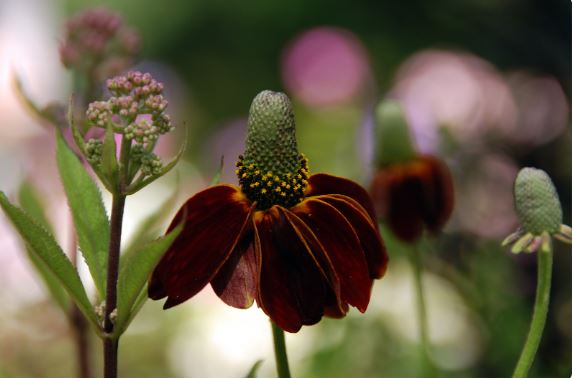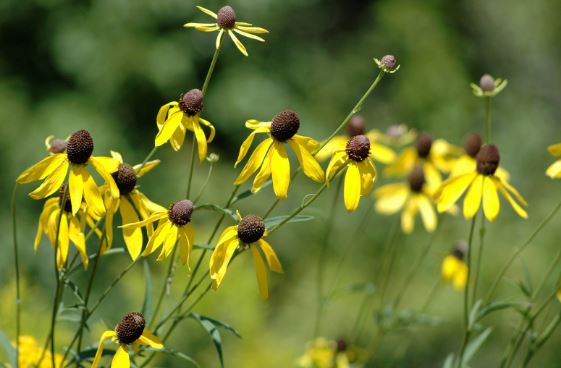Ratibida columnifera, or the Mexican Hat plant, is a hardy perennial wildflower with unique sombrero-shaped blooms. Native to North America, it thrives in full sun, well-drained soil, and drought-prone gardens. This low-maintenance plant attracts pollinators, resists pests, and adds vibrant color to any landscape

Botanical Overview
- Scientific Name: Ratibida columnifera
- Common Names: Mexican Hat plant, Prairie Coneflower, Upright Prairie Coneflower
- Plant Type: Herbaceous perennial
- Family: Asteraceae
- Native Region: North America
- Mature Size: 1–3 feet tall
- Sun Exposure: Full sun
- Soil Type: Well-draining, sandy, or loamy soil
- Soil pH: Neutral to slightly alkaline
- Bloom Time: Late spring to early fall
- Flower Color: Red, yellow, or a combination of both
- Hardiness Zones: USDA zones 4-9
How to Grow Hat Plants
Sun and Soil Requirements

Mexican Hat plants thrive in full sun, needing at least six hours of direct sunlight daily. They prefer well-drained soils, particularly sandy or rocky terrain, making them ideal for xeriscaping or drought-prone areas. For more plants and flowers read here
Watering Needs
This plant is highly drought-tolerant once established. Water regularly during the first growing season to help the roots develop. After that, occasional watering is sufficient, particularly in prolonged dry spells.
Temperature and Humidity
Ratibida columnifera is highly adaptable to different climates and can tolerate both hot summers and cold winters. It does well in dry to moderate humidity levels and can survive frost in colder zones.
Fertilization and Mulching
Fertilization is rarely needed for these plants, as they thrive in nutrient-poor soils. However, adding compost during planting can give them a healthy start. A light layer of mulch can help retain moisture and suppress weeds.
Planting and Propagation
From Seeds
- Sow seeds directly in the garden in early spring or fall.
- Lightly cover them with soil and keep them moist until germination, which usually occurs within 2-3 weeks.
- Space plants 12-18 inches apart to ensure proper airflow.
From Transplants
- Start seeds indoors 6-8 weeks before the last frost.
- Transplant seedlings outdoors after the danger of frost has passed.
Maintenance and Care
Pruning
Deadheading spent flowers encourages prolonged blooming and prevents excessive self-seeding. Cutting back stems in late fall or early spring promotes healthy growth for the next season.
Pests and Diseases
Mexican Hat plants are highly resistant to pests and diseases. Occasionally, aphids or spider mites may appear, but they can be managed with insecticidal soap or a strong stream of water.
Landscaping Uses
Ratibida columnifera is a fantastic addition to wildflower gardens, pollinator-friendly landscapes, and prairie-style plantings. It attracts bees, butterflies, and other beneficial insects, supporting biodiversity.
- Companion Plants: Black-eyed Susan, Coneflowers, Coreopsis
- Ideal for: Meadow gardens, borders, erosion control, xeriscaping

Final Thoughts
The Mexican Hat plant is a vibrant, easy-to-grow perennial that brings color and character to any garden. With minimal care requirements and excellent adaptability, it’s a great choice for both beginner and experienced gardeners looking to cultivate a drought-tolerant, wildlife-friendly landscape.
Also Read Following Articles:
How to Plant, Grow & Care for Winter Jasmine
15 Garden Bulbs That Will Multiply Every Year
7 Mushrooms You Can Easily Grow Indoors
How to Plant, Grow & Care for Fosteriana Tulips | Expert Tips
How to Propagate Your Ponytail Palm and Grow Plants for Free
7 Beautiful Heirloom Chrysanthemums Varieties for Fall
Why Winter Is the Best Time to Repot Your Plants!
